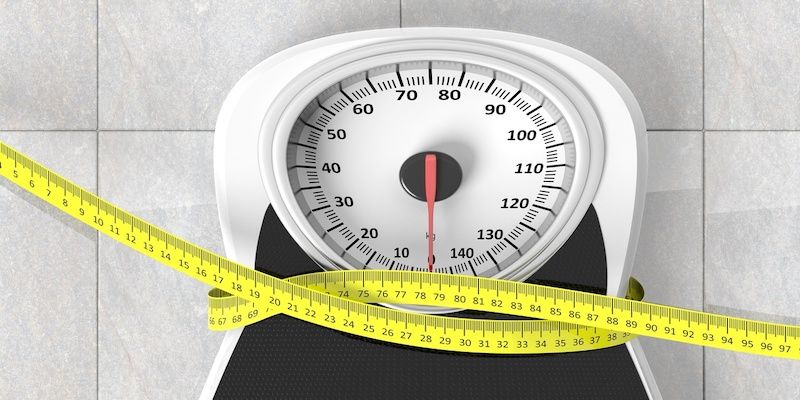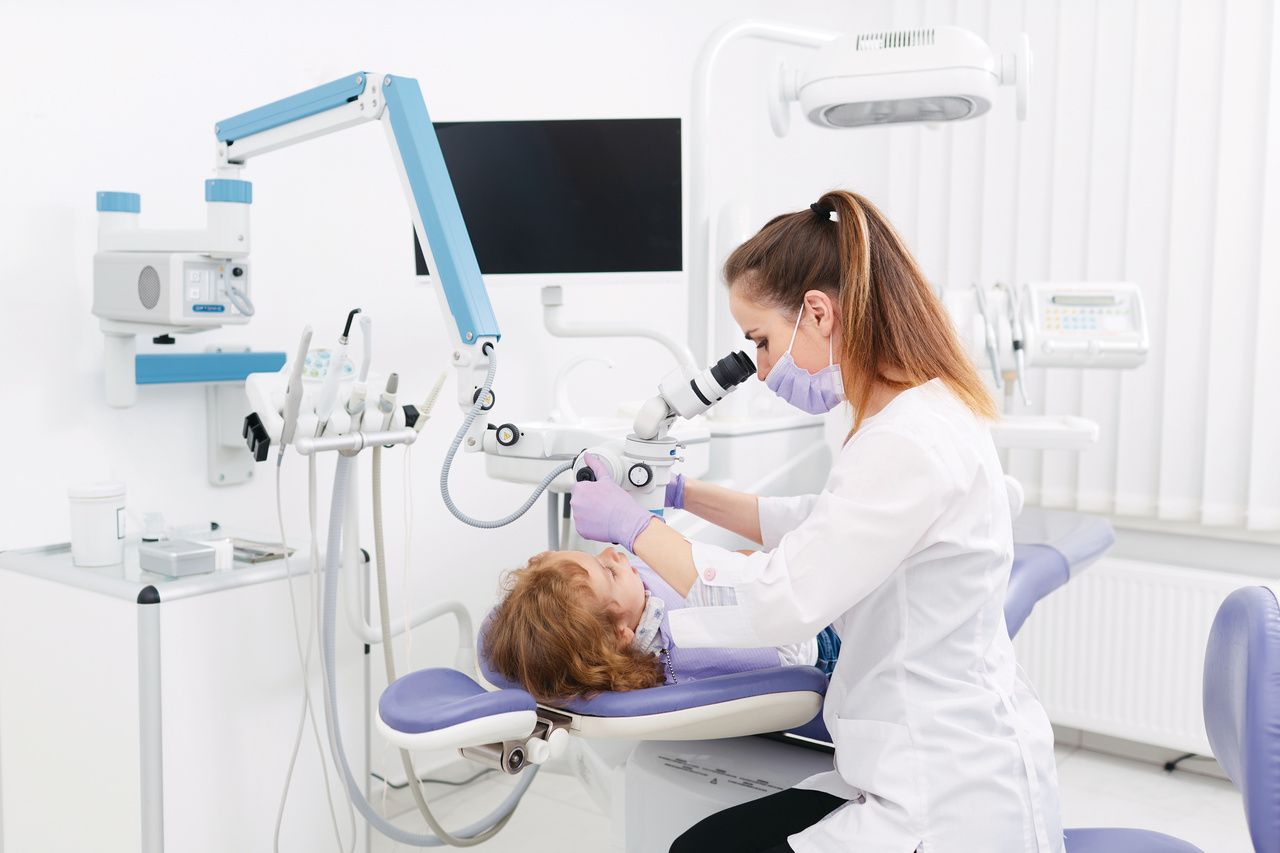Article
Review Explores GHD Issues in Children, Adolescents
Author(s):
A recent review explored issues in diagnosing and treating children with growth hormone deficiency (GHD).
A recent review explored current issues in diagnosing and treating children with growth hormone deficiency (GHD), since a “substantial fraction” still do not achieve what is considered to be normal height for an adult.
Diagnosis is still difficult, and there is no single method to confirm GHD, the author wrote; instead, a diagnosis will depend on interpretations and analysis of many factors, including family history, clinical investigations, growth evaluation, static biochemical tests, GH-related basic biochemical investigations, evaluation of GH secretion, imaging techniques, and molecular genetics.
GHD is also classified by its descriptive characteristics, such as whether it is congenital or acquired, isolated to a pituitary defect only or combined with other hormone issues, age at diagnosis, whether the cause is known, and the extent of the impairment.
GHD is difficult to establish in infancy, but suspected cases can be investigated by measuring insulin-like growth factor-binding protein-3 (IGFBP-3). Most complaints of poor or slowed growth begin after the age of 2, often on referral from pediatricians to endocrinologists. Measuring height velocity (HV)—the change of height over time—is considered standard, but it requires multiple measurements at different points and is prone to error; it is recommended to observe height standard deviation score (HSDS) below –2.5 over the course of a year. In addition, observations should include a bone x-ray of the hand and wrist to evaluate bone maturity and to look for any possible primary bone disorders
A workup must include a blood test to measure insulin-like growth factor-1 and IGFBP-3, which regulate cellular growth. Both are expressed as SD for age. A normal level is likely to exclude GHD, but below-normal levels do not prove GHD, and results must be interpreted in conjunction with other findings.
Hypoglycemia can provoke the release of GH, and with that discovery, clinicians began using different assays to quantify GHD deficiency, the author noted. Depending on the test and the procedure, results are variable, especially when taking into consideration the specific factors from each individual child, such as age, sex, pubertal stage, body composition, and nutritional stage. Therefore, a range of cut-off values is used rather than a single cut-off, the author wrote.
Another difficulty with diagnosis arises during puberty, as short children may show pubertal delay. This makes it difficult to discern between true GHD, idiopathic short stature, or hypogonadism. In addition, it can be challenging to interpret GH test results during puberty.
Some studies have shown factors that are linked favorably with near adult height (NAH) for those on GH: height at initiation, midparental height, duration of treatment, GH dose, and the magnitude of the first-year response to GH. Age at GH start and the severity of GHD are linked negatively with NAH.
When it comes to adherence, missing even 1 dose per week in the first year of treatment can negatively affect height, which adds up over time.
Individualized, optimized ways of evaluating growth and adjusting treatment are needed, the author concluded.
Reference
Ranke MB. Short and long-term effects of growth hormone in children and adolescents with GH deficiency. Front Endocrinol. Published online September 1, 2021. doi:10.3389/fendo.2021.720419

Ketogenic Diet Shows Promise as Nonpharmacologic Treatment for PCOS




